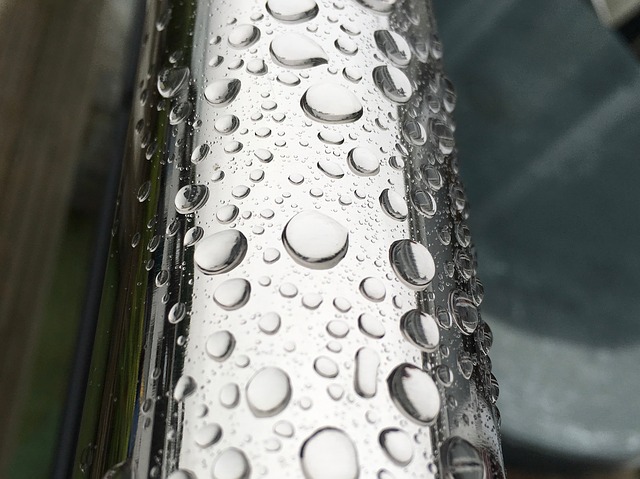So, We Use It All the Time, but What Is Stainless Steel?
From inauspicious beginnings, we have come to not only love, but rely on ‘rustless steel’, or as we now know it, stainless steel. When it was discovered and developed, thanks in no small part to Harry Brearley, some said that it would never be useful; for purposes such as cutlery and similar frequent use items, they were washed frequently, so being rustless served no practical use.
However, it was stainless steel’s properties when used in surgical implements, which improved both the quality of the implements and the hygiene of the operating theatre that brought the use of stainless steel forward. Although we now happily accept the benefits and uses of stainless steel, we may not think too deeply about it.

The impressive ability that stainless steels have in resisting corrosion is chiefly down to the addition of chromium to the mix, which inhibits the reaction of the material to the atmosphere. As with all steels, however, there has been a great deal of experimentation with different ‘recipes’ for steel, which have had a huge impact on the final product and what the steel can be used for. Adding Nickel to the mix increases the ductile nature of the final material; if the conditions that the steel will be used in are particularly extreme, then molybdenum can be added which increases the resistance to corrosion. If a greater degree of hardness is required, then the carbon content is increased, but if it grows above a certain level, then the corrosion resistance begins to decrease, meaning that substitutions to the carbon must be made to increase the hardness without negatively affecting the overriding ability of all stainless steels.
One of the most interesting aspects about stainless steels is also the reason why they are used over other steel types. Other forms of steel or even other metals can be treated or protected so that they don’t succumb to corrosion as easily, such as galvanising but this only treats and protects the surface of the material. Slight scratches or deformations can break through the protection and the reaction can begin to occur and the corrosion starts from within. Stainless steels retain their properties throughout the whole of the metal. For purposes where the steel has a physical purpose or use, the risk from physical damage means that other treated metals just aren’t suitable.
Stainless steels are a group of steels, which in themselves have a number of different strengths and properties, but have a common thread of having a greater ability to counteract the reactions to their environment. The desire to use stainless steel could come from it needing to be long-lasting, out in the open or coming into frequent contact with acids, water or steam – as is the case of sterilising surgical materials. The greatest thing about stainless steel, however, is that there’s a huge variation in secondary properties or hardness or resistance to abrasion so that there’s always a suitable grade for most purposes.
